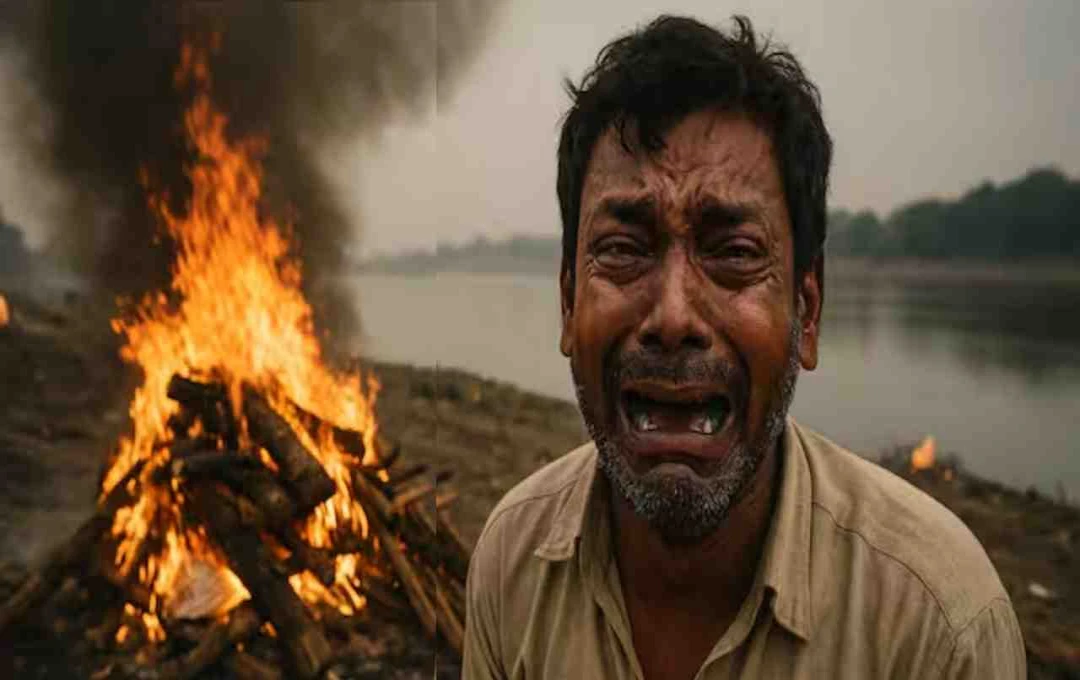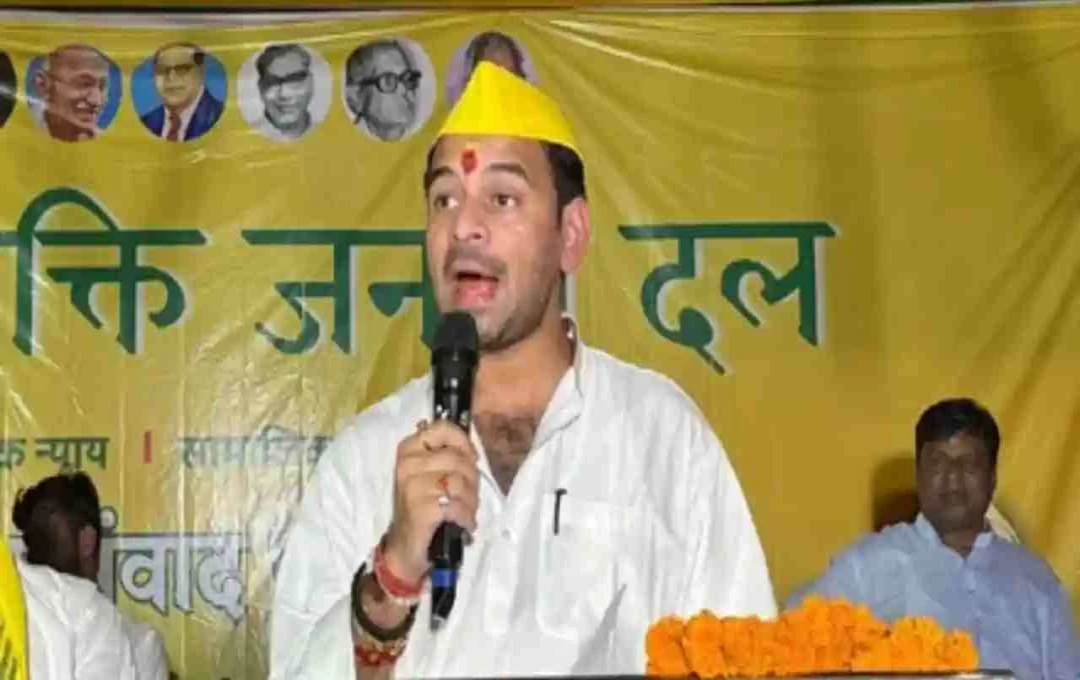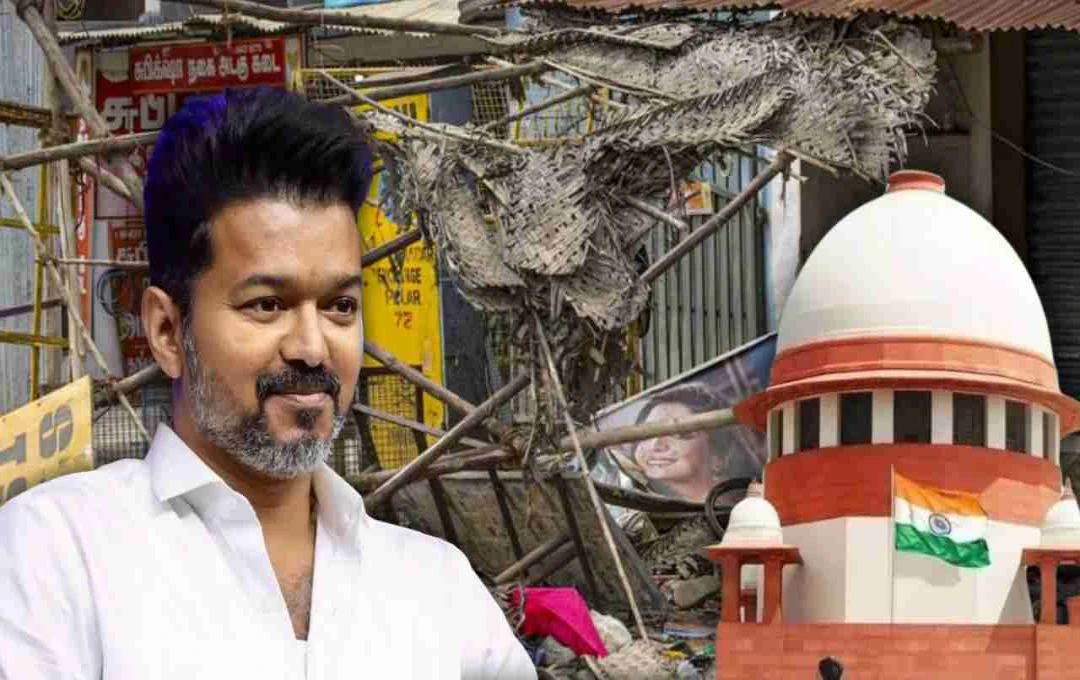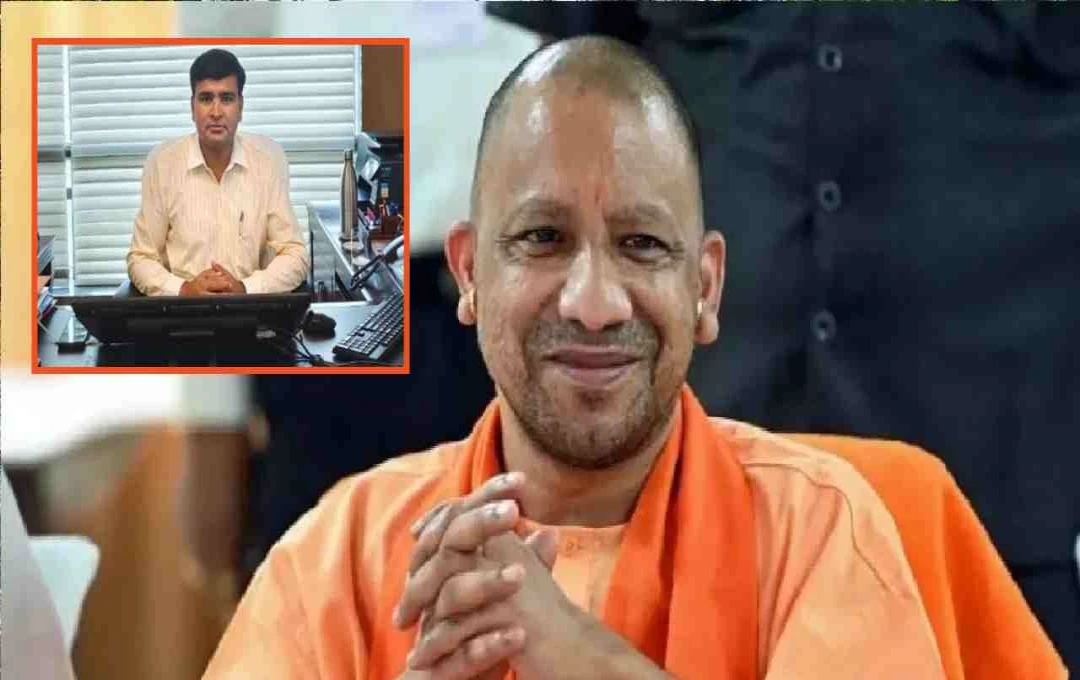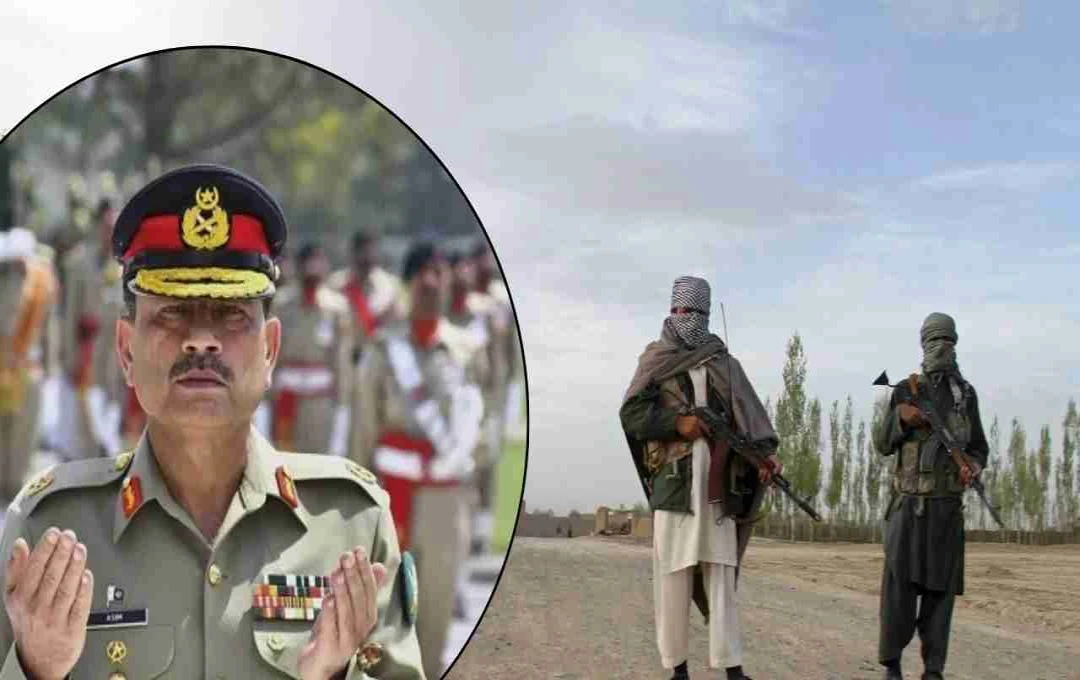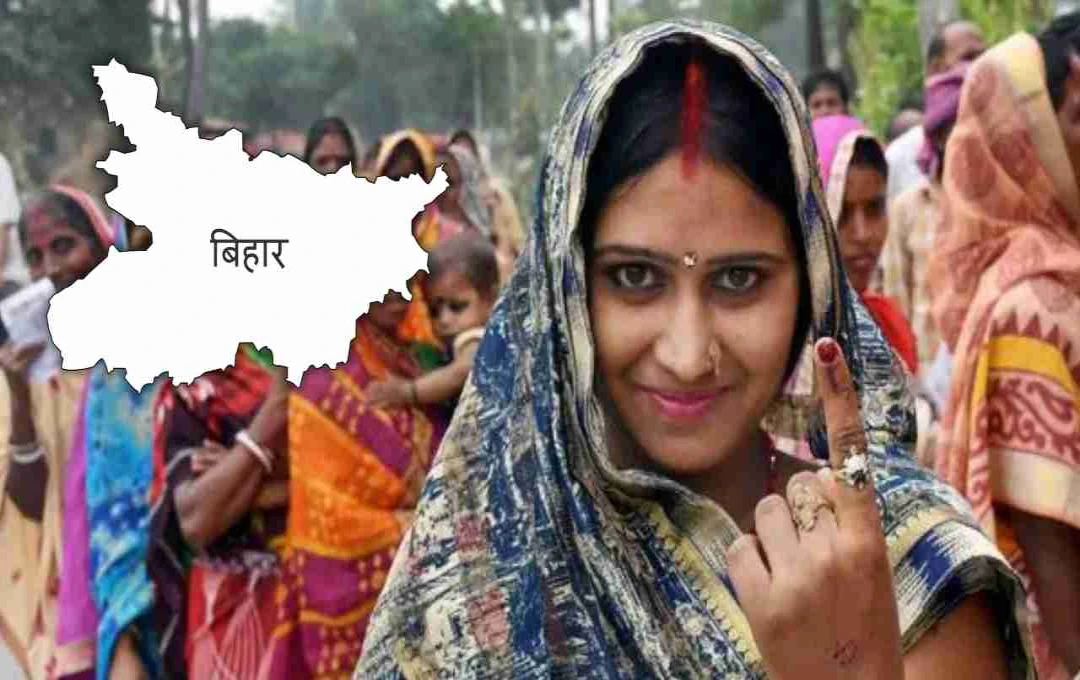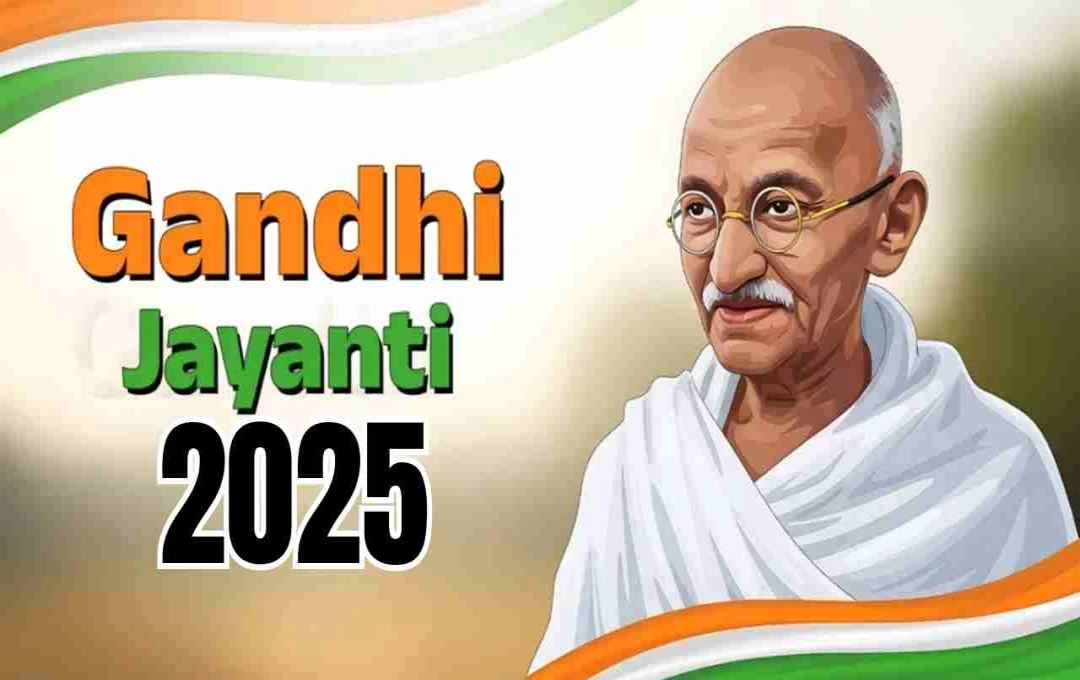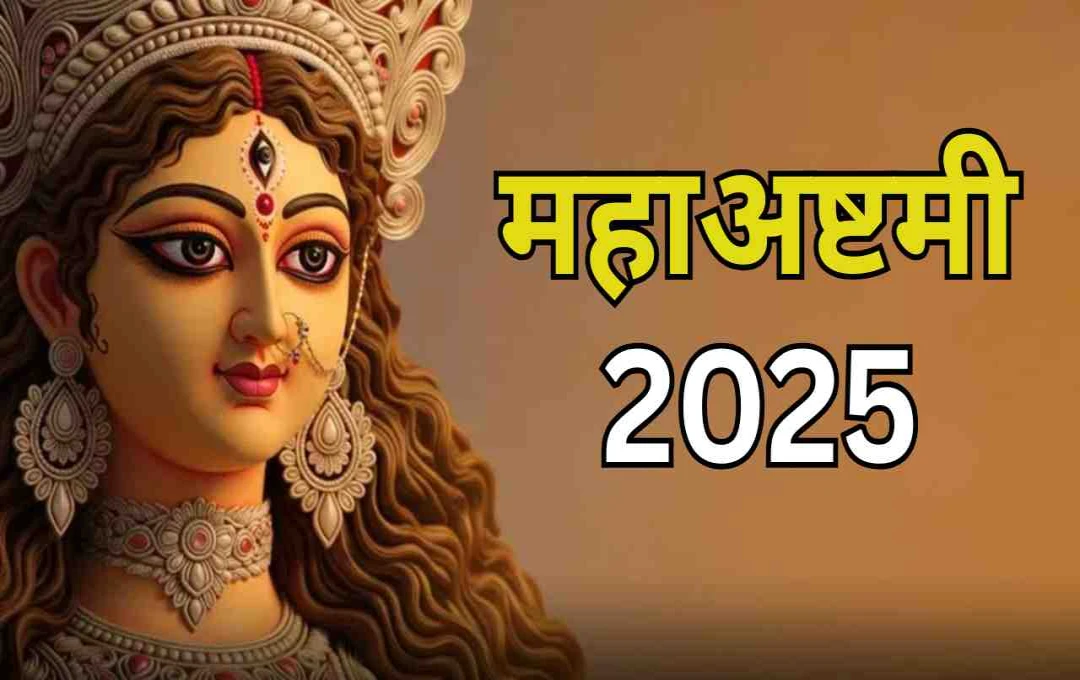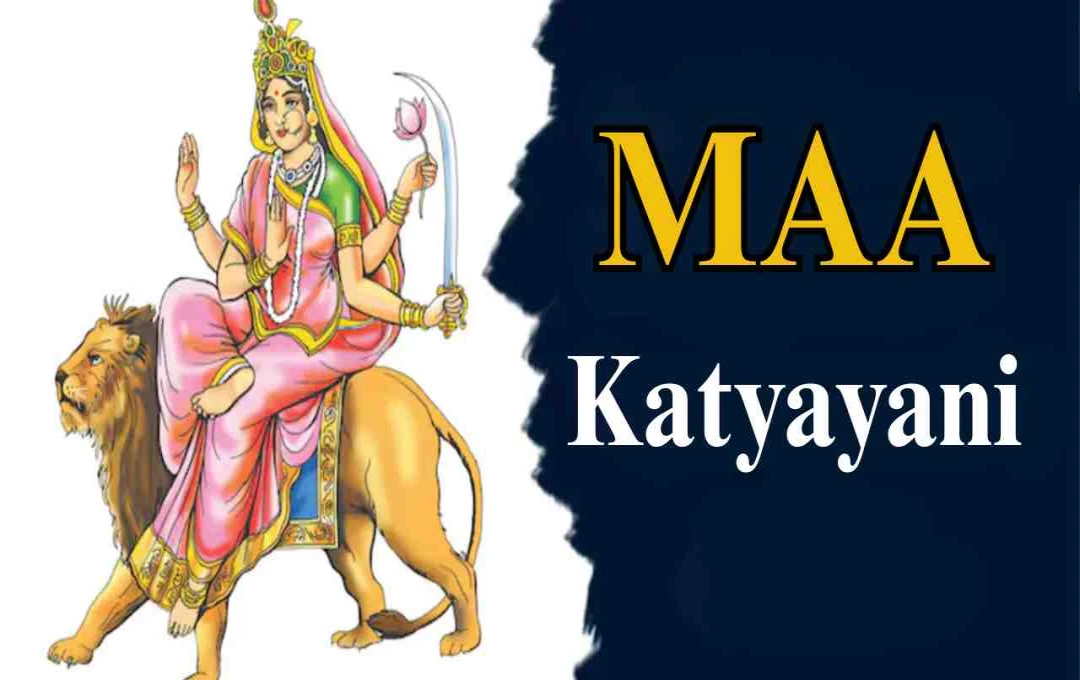In Hinduism, cremation is not merely a process of dissolving the body into the five elements, but a sensitive ritual associated with the peace of the deceased's soul and its journey to the afterlife. According to the Garuda Purana and the Gita, it is forbidden to look back during cremation so that the soul can be liberated and move forward. The 13-day rituals ensure the soul's peace.
Antim Sanskar Rituals: The significance of cremation in Hinduism is profound. In India, when a person dies, the body is cremated at the crematorium, dissolving it into the five elements through fire. According to the Garuda Purana and the Bhagavad Gita, it is forbidden to look back during this process, as the soul of the deceased may be tempted to return due to attachment. The rituals performed for 13 days following the cremation ensure the peace of the soul and its journey to the afterlife, conveying a message of restraint and peace to both the family and society.
The Significance of Cremation in Hinduism
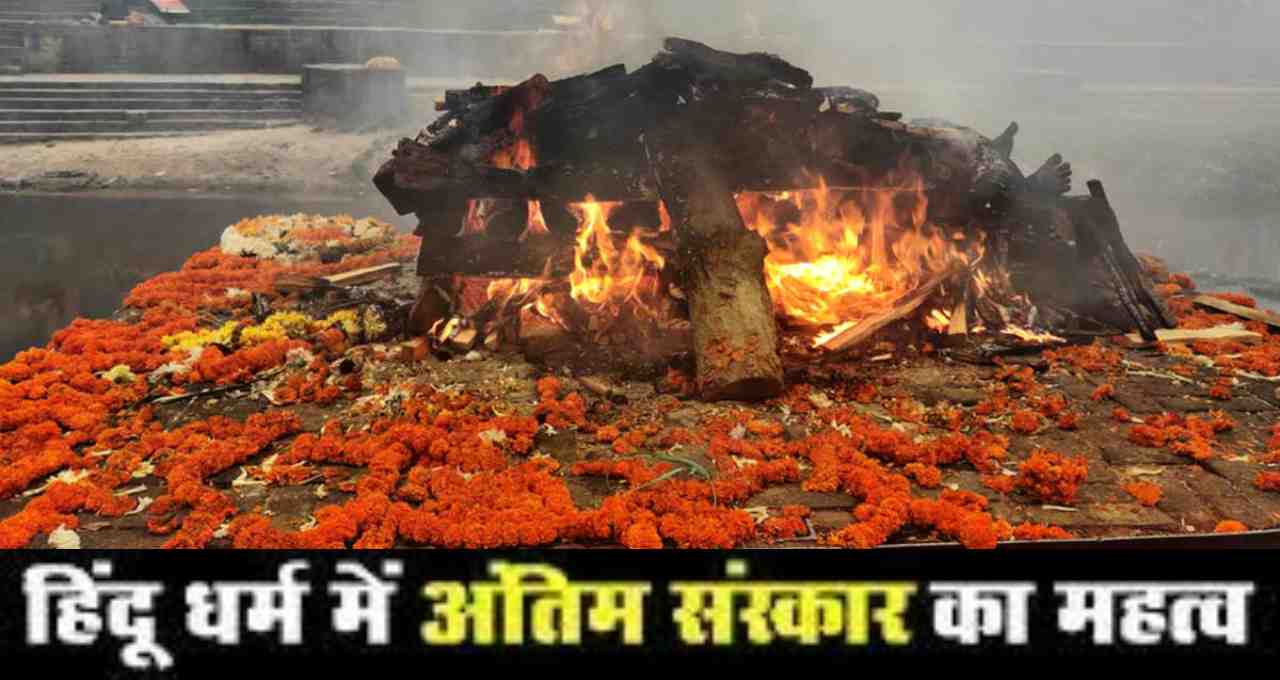
In Hinduism, the soul leaving the body and its cremation after death is considered extremely important. According to the Garuda Purana, when someone is cremated, the body is burned in the crematorium and dissolved into the five elements. It is forbidden to look back during this sacred process, as this rule is associated with the religious ritual of the deceased's soul and its final journey. It is religiously believed that after cremation, the soul departs for heaven, hell, or the next life.
Traditions and Rules of Cremation
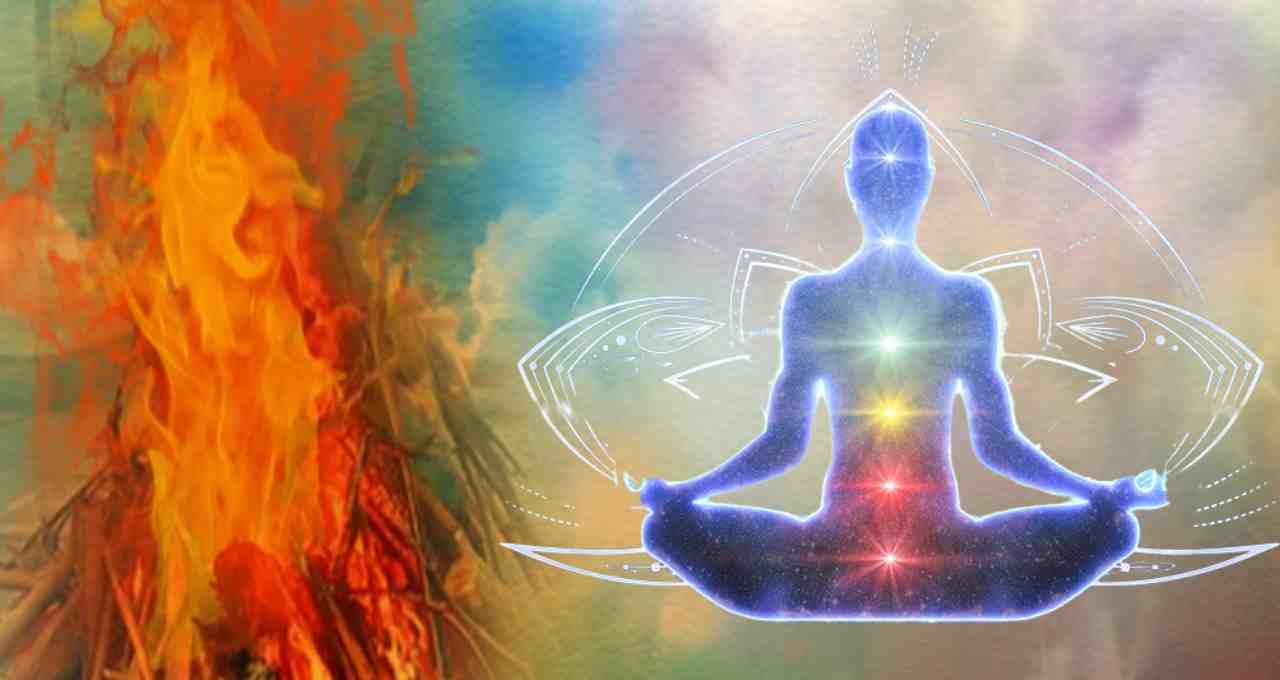
The rules and traditions of cremation are still fully observed today. The crematorium is considered the last place where a person's body dissolves into the five elements. It is because of this sacred order that it is forbidden to look back, so that there is no hindrance to the peace of the deceased's soul and its final journey. This tradition is not only for the observance of religious rules but also conveys a message of maintaining peace and restraint in the family and society.
The Reason for Not Looking Back During Cremation
According to the Garuda Purana, the family and loved ones are immersed in deep emotions upon someone's death. At the time of cremation in the crematorium, the soul of the deceased remains present near its relatives. This time is considered extremely sensitive, and according to religious beliefs, it is necessary to follow the correct procedure during cremation.
Immortality of the Soul and Journey to the Afterlife
Lord Krishna has stated in the Gita that the soul is eternal, immortal, and indestructible; only the body is destroyed. When the body is given to the fire, the soul embarks on its journey to the afterlife. If someone looks back during the cremation, the soul may desire to return with them due to attachment. This is why it is forbidden to look back after cremation, so that the soul of the deceased can be liberated and complete its journey peacefully.
The 13-Day Tradition
According to the Garuda Purana, the soul that leaves the body after death is called a 'Preta.' This soul is essentially moving forward to progress. According to religious beliefs, this soul hovers around its familiar places and original haunts for ten days after being freed from the body. During this time, necessary rituals and religious customs are performed by the deceased's family and loved ones for 13 days. The aim is to ensure the soul's peace and allow it to move forward unhindered on its journey to the afterlife.
